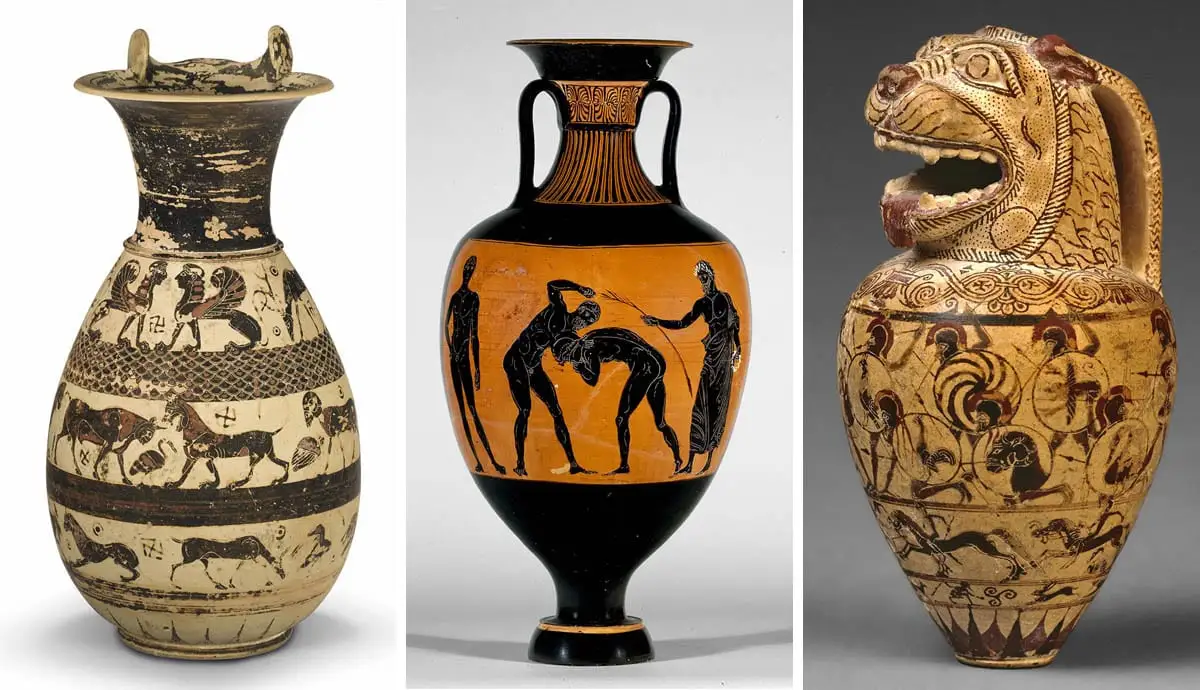The Fascinating Blue Phase: Picasso Transcends Limits
Introduction
Pablo Picasso, one of the most renowned artists of the 20th century, left an impressive legacy in the history of art. His different artistic phases reveal the versatility and genius of this Spanish painter, sculptor and ceramicist. In this article, we will explore a particularly fascinating phase of his career: the Blue Phase. During this period, Picasso immersed himself in a deep feeling of melancholy and loneliness, creating works marked by the color blue and the deep expression of emotions.
1. Origins and Influences
Picasso's Blue Phase began at the end of 1901 and lasted until 1904. This phase was strongly influenced by the premature death of a close friend of the artist, Carlos Casagemas, who committed suicide in Paris. This tragedy deeply shook Picasso, leading him to explore themes such as poverty, illness and death. The color blue, symbolizing sadness and melancholy, became the main protagonist of his works.
2. The Thematic Approach
During the Blue Phase, Picasso mainly portrayed people marginalized and disadvantaged by society, such as prostitutes, beggars and sick people. His paintings show the raw and often dark reality of these individuals, conveying a deep empathy for the wronged. The use of the color blue accentuates the melancholic tone of these works, generating an atmosphere of sadness and loneliness.
2.1 Female Figures
A recurring theme in Picasso's Blue Phase is female figures. He portrayed lonely, sad women, often naked, evoking a sense of vulnerability and fragility. These paintings not only reflect the plight of marginalized women, but also express Picasso's own vision of the human condition, marked by loneliness and suffering.
2.2 Picasso's Social Circle
In addition to portraying marginalized individuals, Picasso also depicted his own social circle during the Blue Phase. Friends and fellow artists have been the subject of several works, some of which are melancholic, introspective portraits. These paintings reveal the influence of those around Picasso on his worldview during this period.
3. Technique and Artistic Style
In addition to the themes, Picasso's Blue Phase is also characterized by its distinct technique and artistic style. During this period, the artist moved away from the bright colors and warm tones he previously used. The color palette limited to shades of blue gives his works a unique and melancholic atmosphere. At this stage, Picasso also experimented with different forms of expression, such as oil painting, engraving and drawing.
3.1 Use of the Profile
One of the striking characteristics of Picasso's Blue Phase is the predominant use of the profile in the representations of the figures. This stylistic choice emphasizes the melancholic and introverted expression of the individuals portrayed, highlighting the importance of emotions and the soul in Picasso's art.
3.2 Shadows and Light Effects
Another notable aspect of the Blue Phase paintings are the shadows and light effects used by Picasso to create depth and bring his figures to life. Even with the predominance of the color blue, he managed to create contrasts and nuances that highlight the search for a more realistic and expressive representation.
4. Legacy and Meaning
Picasso's Blue Phase was a time of great transformation and artistic development for the Spanish painter. His works from this phase are considered extremely important for understanding his evolution as an artist and for the history of art more broadly. During this period, Picasso transcended the limits of conventional artistic expression, exploring deep themes and emotions with a restrained color palette.
Conclusion
Picasso's Blue Phase is a testament to the power of art to express emotions and reflect the human condition. The use of the color blue and the representation of marginalized individuals reveal the artist's unique sensitivity to the struggles and sadness of life. These works continue to challenge and captivate audiences to this day, showing that Picasso's art truly transcends boundaries.
FAQs:
1. How long did Picasso's Blue Phase last?
Picasso's Blue Phase lasted from 1901 to 1904, approximately three years.
2. What is the meaning of the color blue in the works of this phase?
The color blue symbolizes sadness, melancholy and loneliness in the works of Picasso's Blue Phase.
3. Who influenced Picasso during the Blue Phase?
The death of his friend Carlos Casagemas profoundly influenced Picasso during this phase.
4. What themes were frequently portrayed by Picasso in the Blue Phase?
Picasso mainly portrayed marginalized people, such as prostitutes, beggars and sick people, during the Blue Phase.
5. How did Picasso transcend limits in the Blue Phase?
Picasso transcended the conventional limits of artistic expression by exploring deep emotions and representing marginalized subjects and figures with a restricted color palette.
References: Wikipedia – Pablo Picasso




